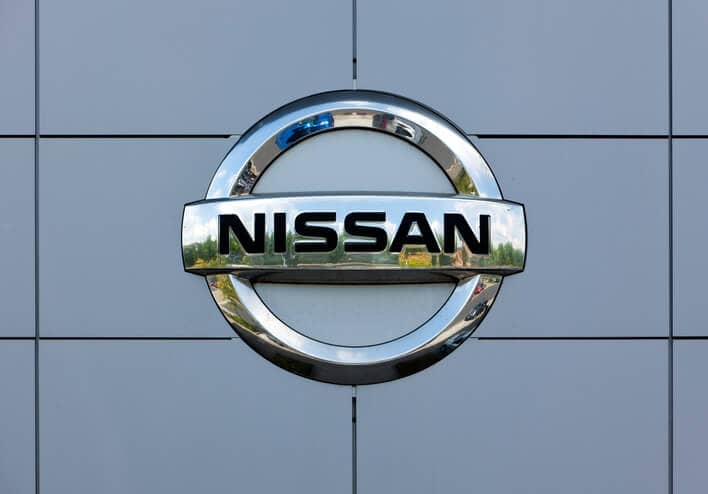The concept of an all-electric, long-haul, semi-truck may be technically feasible utilizing today’s technology, but the costs and infrastructure requirements make it essentially a non-starter. However, a concept for a series hybrid semi-truck utilizing a large battery pack and a 250 horsepower engine presents an interesting proposal for those hoping to see the electrification of heavy-duty vehicles.
In a post on his blog, Russell Graves discusses the possibilities of a long-haul semi-truck equipped with a series hybrid system and a 100 kWh battery pack, as well as a 250 horsepower engine powered by either diesel or compressed natural gas (CNG). The battery pack would likely utilize a lithium-titanate chemistry for maximum power density but would still be small enough to be recharged in less than an hour from a high-speed charging station akin to Tesla’s Superchargers.
With the inclusion of regenerative braking, however, the battery could regularly be recharged whenever the semi-truck goes down a steep grade. In addition to providing power to recharge the battery, regenerative braking would minimize the usage of the truck’s friction brakes, leading to lower maintenance costs. This would also alleviate the issue of “Jake Brake” bans in many towns, as regenerative braking systems tend to be quite quiet.
Grave’s proposed design would likely feature two powerful electric motors, one at the front wheels and another at the rear wheels, for both redundancy and additional power climbing up steep grades. The diesel or CNG engine generator would provide power to the battery pack, which, in turn, would power the electric motors. The combustion engine would never directly drive the semi’s wheels. Even with a full load, a 100 kWh battery pack would still be able to provide about 50 to 60 miles of electric driving range – according to Grave’s calculations.
Another key component of Grave’s proposal is an integrated navigation and charge control system. If, for example, a truck is approaching a steep downgrade that could replenish a depleted battery pack, it doesn’t make much sense for the trucker to plug in at his next stop. This would also allow drivers to save battery life for city driving, where many of the aforementioned Jake brake bans are in place.
Yet perhaps the biggest benefit of a series hybrid semi-truck is one that even Graves seems to gloss over. Electric motors do not require a transmission, meaning the complete elimination of shifting as a part of the job. The continuous power delivery of electric motors would make for a much smoother, and less involved, driving experience.
Of course this is merely a concept, and one that lacks a lot of insight from the trucking industry. There are likely to be plenty of barriers between now and the first deployment of a true series hybrid semi-truck, but the advantages laid out in Grave’s proposal make it a concept worth considering.







